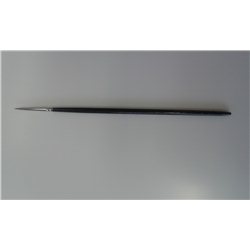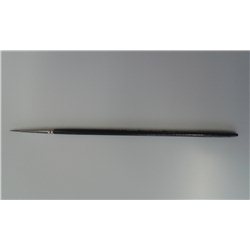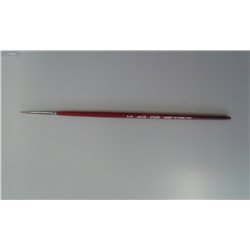As a model aircraft enthusiast, having the right tools is essential for a successful and enjoyable building...
No products
Product successfully added to your shopping cart
There are 0 items in your cart. There is 1 item in your cart.
Search Tips
Christmas and New Year
We are dispatching orders every weekday apart from Christmas Day, Boxing Day and New Year's Day.
If you order is time critical, select next day delivery at checkout.
The shop in Sandown is closed from 25th December, reopening on 30th December.
How do I clean brushes used with acrylic paint?
To keep your brushes in the best condition, make sure you clean them as soon as you are done using them.
Remove the paint from the brush by using it on a kitchen towel or similar.
As acrylic paint is water based, you then simply need to agitate the brush in a cup of water. Do not leave it too long and wipe it between dips to remove as much paint as you can.
It is a good idea to change the water after a few dips and try again: if the water stays clear, it means your brush is clean.
All that remains is to store it in a dry place.
Click here to receive the tips weekly in your mailbox. You can unsubscribe at any time.










